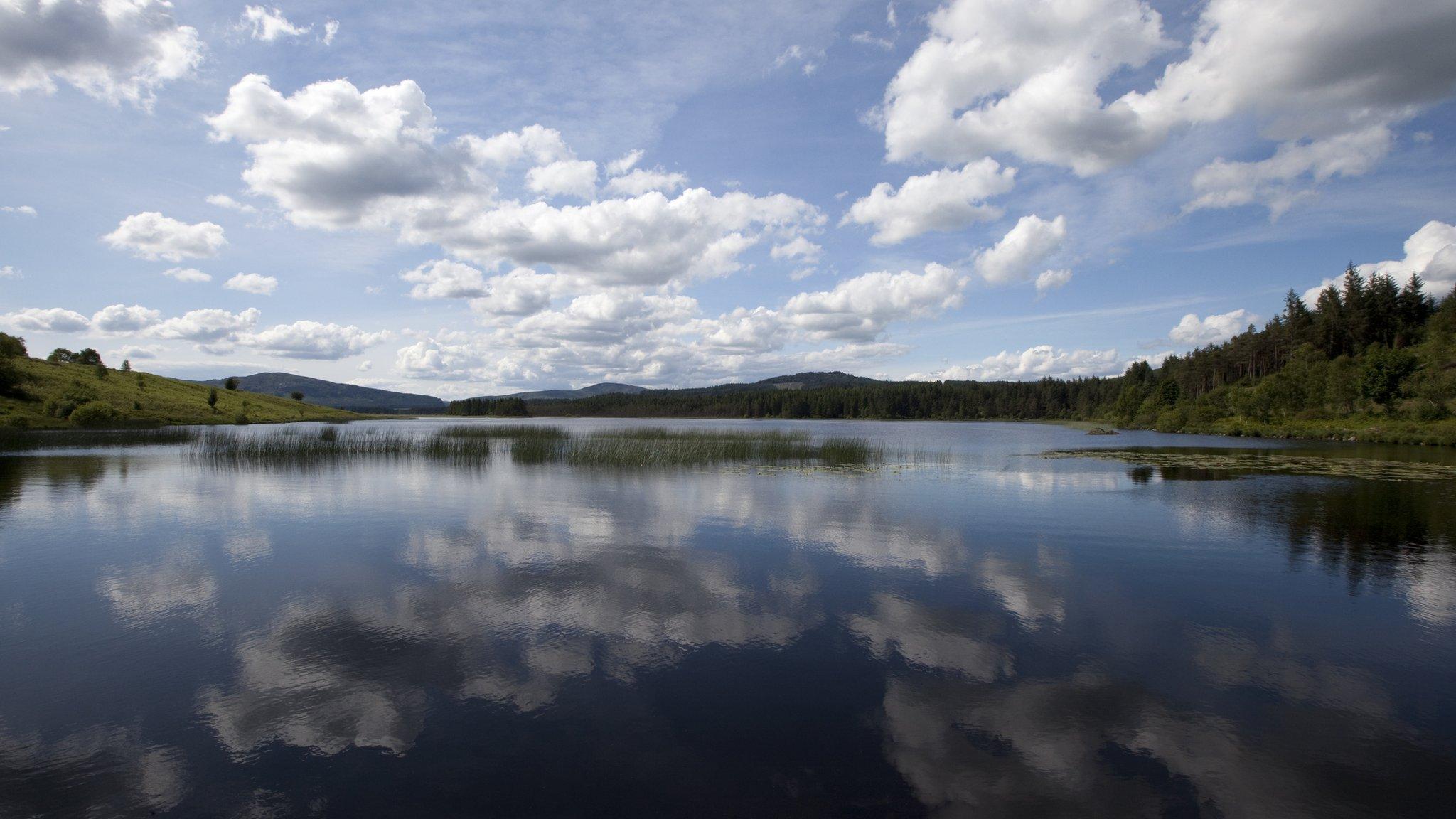In pictures: Film explores 'remote and fragile' landscape
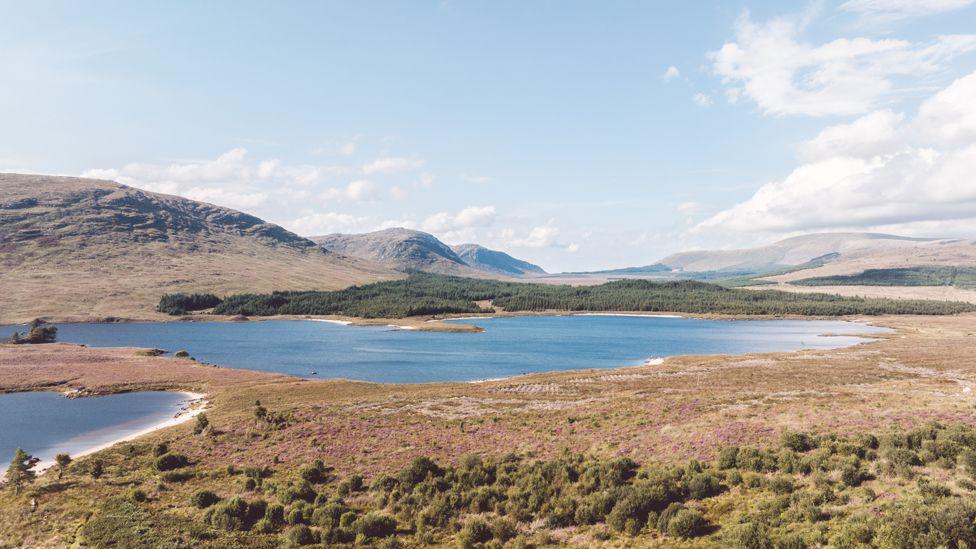
A new short film captures a year inside the Galloway and Southern Ayrshire Biosphere
- Published
A new short film is set to highlight what has been described as "one of Britain's most remote and fragile natural habitats".
The Galloway and Southern Ayrshire Biosphere (GSAB) covers almost 9,800 sq km (3,800 sq miles) of land and sea in south west Scotland.
The Heart of the Biosphere film will premiere at Newton Stewart cinema on 16 October.
It calls for "urgent action to secure a future for all living things" in the area.
What is a biosphere?
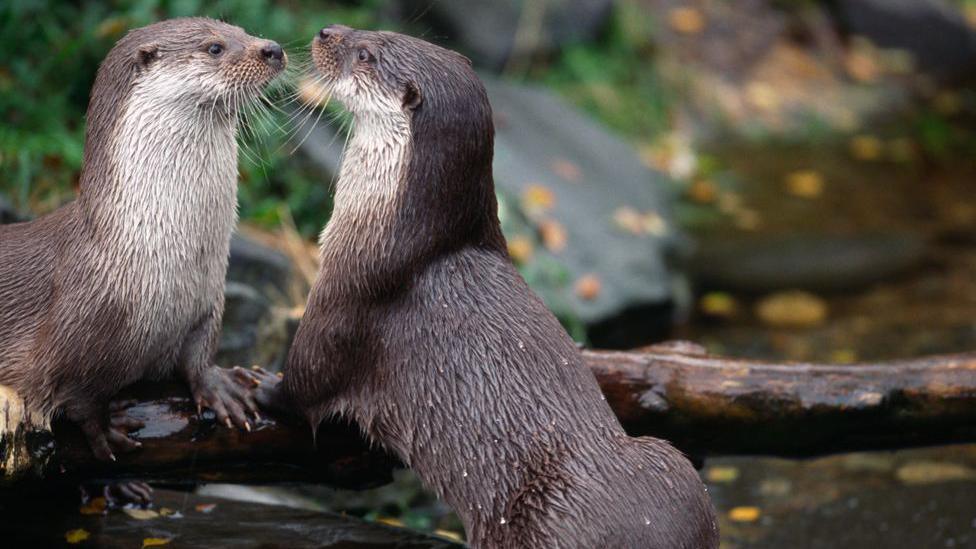
The biosphere is home to a wide range of animals
The definition of a biosphere is in recognition of the landscape, wildlife, heritage and learning opportunities in an area.
It brings no new rules or regulations - but rather encourages co-operation to create a "better future for people and nature".
The four main functions are conservation, learning, development and helping to tackle climate change.
The Galloway and Southern Ayrshire site was the first in Scotland and is part of a family of hundreds of biospheres worldwide.
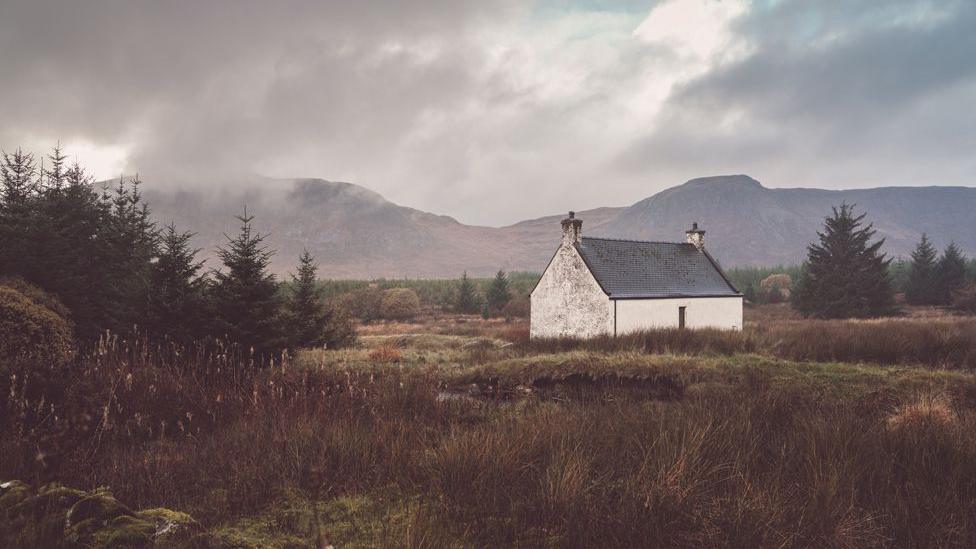
The new film is to premiere in Newton Stewart
The GSAB is the largest Unesco biosphere in the UK.
The new film looks at efforts to support and enhance conservation and nature restoration in the area.
GSAB director Ed Forrest said: "Heart of the Biosphere is a call to action to protect the precious upland landscapes and habitats of Galloway, which are vital to sustaining life as we know it.
"Patterned blanket bogs are globally important for their incredible carbon-storing properties and the phenomenal diversity of plant and animal species that they support, but there is a huge amount of work to be done to ensure their continued survival.
"Helping others understand the importance of these remote ecosystems to ecological health, cultural heritage and socio-economic wellbeing is imperative to achieving this."
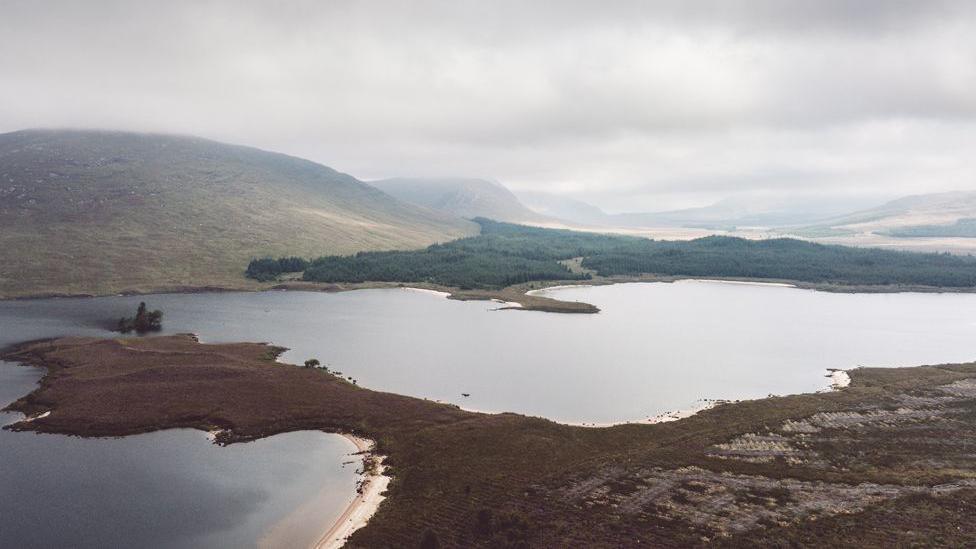
Efforts are ongoing to protect and improve the area
The film was shot over a continuous 12-month period to capture the seasonal changes.
Director Anthony Howell, of Lilac Howell Films, said it had been a privilege to spend a year "immersed in this truly astounding location".
"The project was very much a team effort and one which had a very light touch on the ground, with a single-member crew filming on site supported by partner organisations and the biosphere's officer team," he said.
"The landscapes within the Unesco biosphere are incredible, which is also the perfect word to describe their importance in supporting communities and people's way of life as we follow the rivers that flow out of the Galloway Hills.
"We are thrilled that Heart of the Biosphere is bringing these wild uplands alive and sharing the area's very special sense of place with a hugely diverse audience here in Scotland and around the world, helping connect people with the location and with ideas for positive action that secures its future."
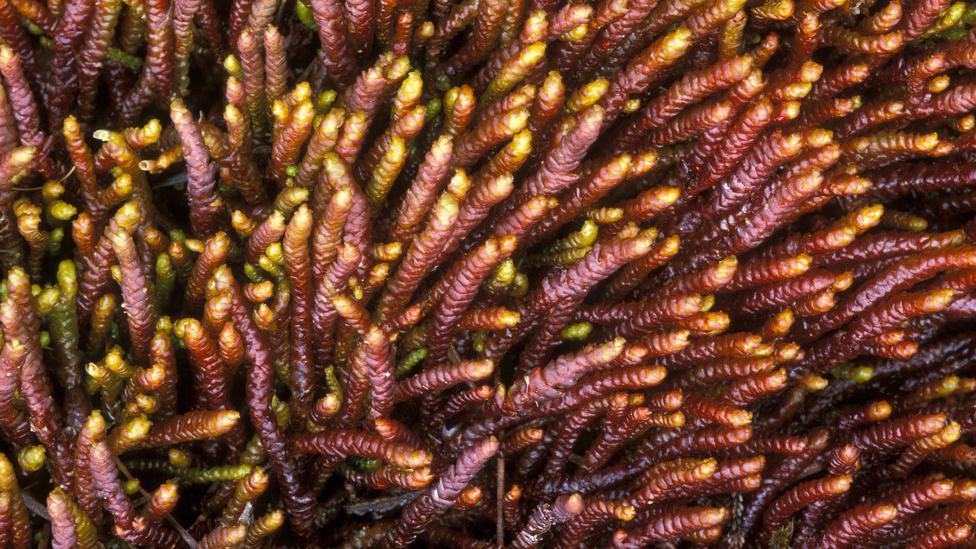
The biosphere covers thousands of square miles in south west Scotland
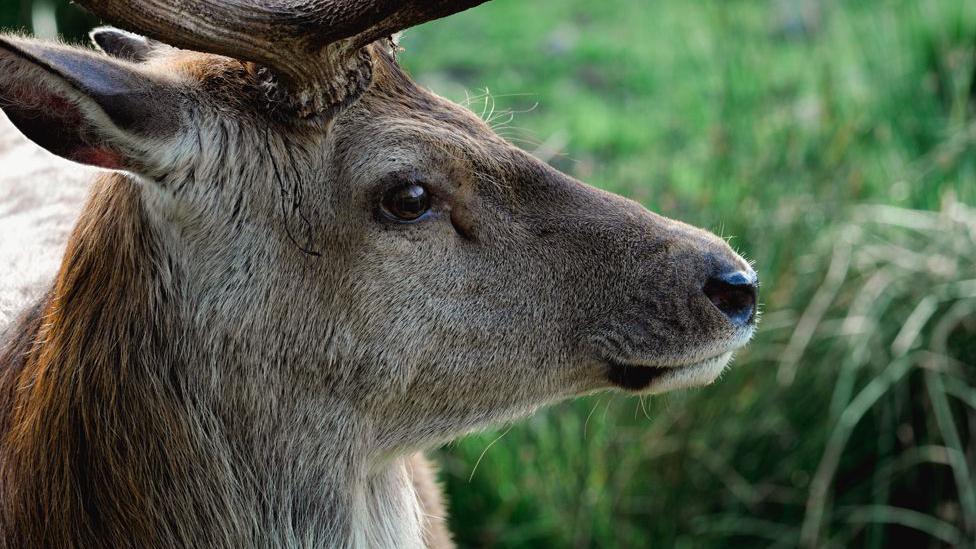
It is hoped the film can raise awareness of the challenges facing the biosphere
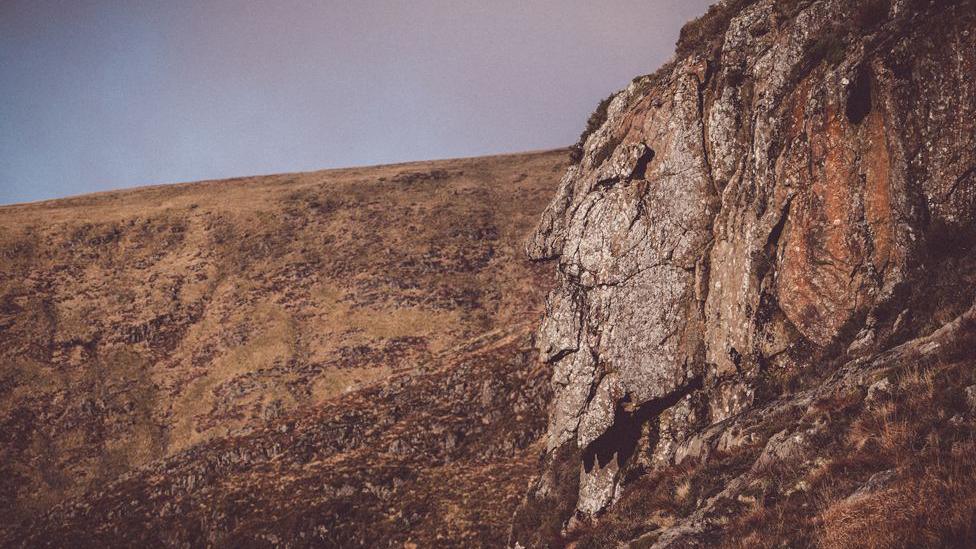
The biosphere covers both the land and sea
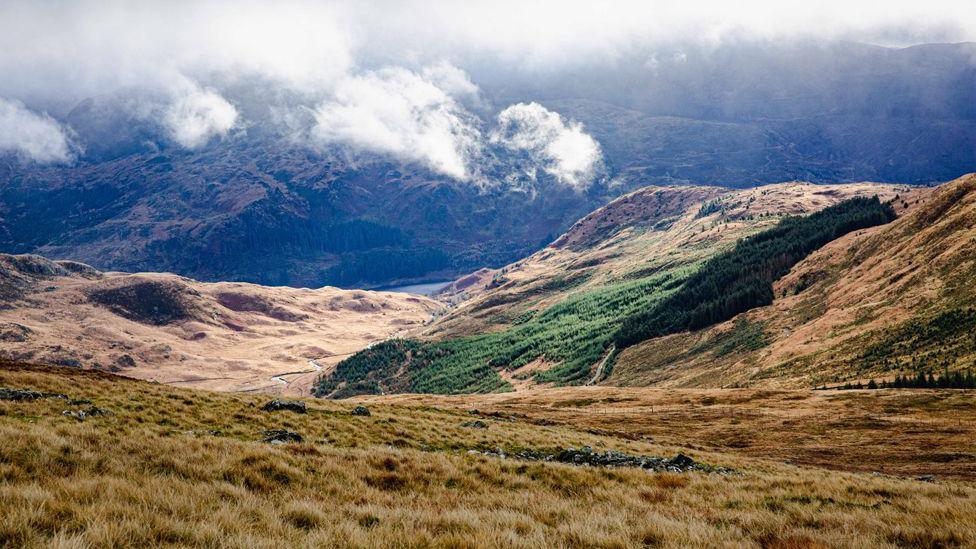
Seasonal changes are captured in the new short film
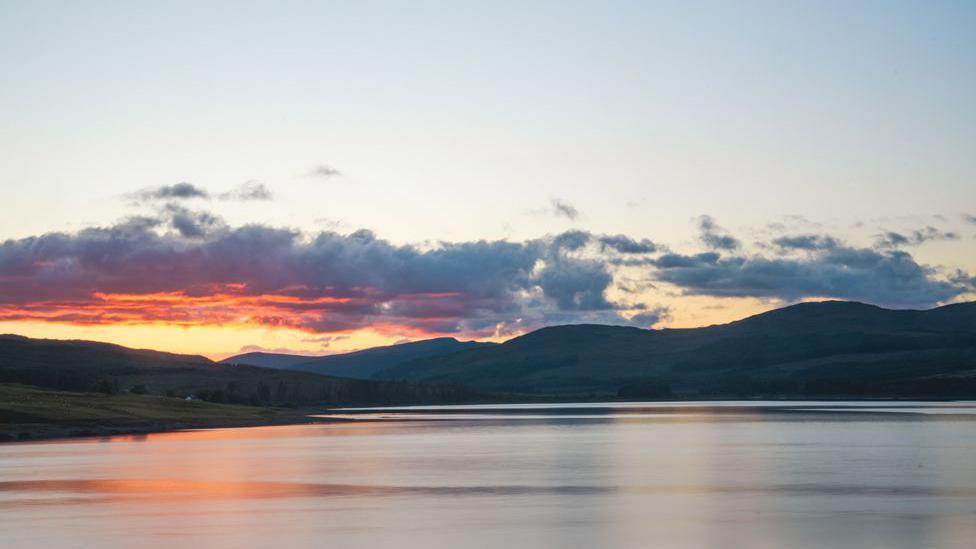
The area was the first Unesco biosphere in Scotland
Related topics
- Published4 July 2023
